This
post was originally published on
this sitehttp://www.marksdailyapple.com/
 Long before humans interacted with the numinous through intermediaries and holy books, we experienced it in other ways. All night drumming and dancing sessions, extended fasts, exposure to extreme temperatures, steam lodges, and week-long wilderness forays, and other rituals have all been used to produce visions and transcend normal waking consciousness. There’s even a theory that early Christian baptisms were actually simulated drownings that produced near-death experiences and the direct sensation of being in the presence of a higher power.
Long before humans interacted with the numinous through intermediaries and holy books, we experienced it in other ways. All night drumming and dancing sessions, extended fasts, exposure to extreme temperatures, steam lodges, and week-long wilderness forays, and other rituals have all been used to produce visions and transcend normal waking consciousness. There’s even a theory that early Christian baptisms were actually simulated drownings that produced near-death experiences and the direct sensation of being in the presence of a higher power.
But perhaps the oldest, most reliable way to directly experience the divine is through the use of psychedelics.
From rotting fruit to honey made by bees feeding on psychotropic plants to desert toad secretions to the tantalizing mushrooms sprouting up from ruminant dung to the IPA in your fridge, humans have always pursued and consumed substances that alter consciousness and provide different takes on reality. And yes, this can be fun. It’s certainly recreational. But in most traditions, psychedelics also offered a way to make sense of the natural world, investigate its mysteries in person, visit the spirit realm and contact lost ancestors for advice, reassurance, or resolution of disputes. These weren’t the sole province of jungle or desert tribes; archaeological evidence suggests that even prehistoric Europeans used opium, cannabis, and mushrooms in religious rituals.
In a world of cold empiricism, with doctors and pills and psychiatrists and online resources storing every bit of knowledge and wisdom available, does a legitimate role for psychedelics remain?
It turns out there is: after a half century of prohibition destroying the careers of any researcher seriously considering the medical application of psychedelics, research is making a big comeback. Emerging research shows these substances can have incredible therapeutic effects across a range of seemingly intractable and drug-resistant conditions like depression, PTSD, anxiety (especially end-of-life anxiety), addiction, and marriage counseling. The science is quite impressive—and it’s growing every month.
I know, I know. Sisson, you shouldn’t be encouraging people to take mind-altering drugs. First of all, I’m not encouraging anyone to do anything. Second, so many people have emailed me about this topic over the years, I felt obliged to finally give it a thorough look. Last, take a look at the recent clinical research into the medical applications and safety profiles of these compounds, seek out and consult with experts if you’re interested in digging deeper, and judge for yourself.
LSD (AKA: Acid)
Lysergic acid diethylamide strikes fear into the hearts and minds of many otherwise reasonable folks. Some think it’ll fry your brain, make you think you can fly out a ten story window, or turn you into a hippy. But even if those things were widespread (they’re not), the fearmongers must admit that LSD is also responsible for the latter half of the Beatles’ catalogue and, thus, a net positive force in the world.
LSD is a tryptamine, a class of psychedelic alkaloids bearing close structural similarity to the amino acid tryptophan, a precursor to serotonin. LSD acts as an agonist to the 5-HT2A serotonin receptors, and this interaction appears to be responsible for the effects which in addition to the well-known open and close-eye hallucinations include increased subjective well-being, closeness to others, happiness, openness, and trust.
Throughout the 1950s, when it was still legal, psychiatrists recognized these effects and used large doses of LSD to induce boundary-dissolving states of catharsis, enabling their patients to work through seemingly intractable problems and reduce anxiety and depression. Several subsequent studies found that these effects could also reduce end-of-life anxiety in terminal cancer patients. After LSD was made illegal in 1966, research stopped in the United States until very recently.
A 2014 study in adults with life-threatening illnesses came to similar conclusions as the older papers, finding that LSD paired with psychotherapy sessions actively reduced anxiety and improved quality of life. These improvements persisted in the experimental LSD group for at least a year, while the placebo group’s anxiety only worsened. If “lower anxiety” doesn’t sound like a big deal, consider how many terminal patients live their final days: in an anxious, scattered state of mind that inhibits them from making peace with their life and spending meaningful time with loved ones. Wouldn’t you want to avoid that?
Psilocybin-containing Mushrooms (AKA: Shrooms, Magic Mushrooms)
Ever hear of the Stoned Ape? It’s a theory put forth by Terence McKenna, and goes like so:
When African hominids descended from the trees and began hunting, they’d follow the vast herds of wild ruminants. Inevitably, they’d happen across large amounts of ruminant dung, which is the perfect medium for growing psychedelic mushrooms. The more curious of the opportunistic bipeds would sample the mushrooms and experience a few unique, fitness-enhancing effects—an increase in libido (good for creating similarly curious hominids), a boost to visual acuity (great for hunting), a dissolution of the ego (which promoted the formation of close communities and consensual egalitarianism). In addition, the increased connectivity between previously disparate regions of the brain catalyzed linguistic capabilities and self-expression, eventually expanding our creative and cognitive abilities and our capacity to articulate them.
I don’t really buy it, to be honest, but it’s fun to consider. And at any rate, psychedelic mushrooms appear on every inhabited continent and are likely the most widely-used hallucinogen throughout human history. We have a long tradition of finding, eating, and maybe revering these things. Psilocybin is also a tryptamine. Like LSD, psilocybin is a 5-HT2A serotonin receptor agonist.
Channeling William Blake, Aldous Huxley suggested that psychedelics deactivate the “reducing valve” and throw open the “doors of perception” so that the world becomes infinite. He might have been right. fMRI research indicates that when a person takes psilocybin, activity in the part of the brain responsible for processing incoming sensory data, discerning information important for survival, and making sense of the world—the “filter”—dampens.
Psilocybin also reduces amygdala reactivity in healthy subjects; those with the greatest reduction in amygdala activity had the biggest mood enhancements. If these results persist in patients with depression or anxiety (in whom the amygdala is often overexcited), psilocybin mushrooms could be an effective treatment.
Like LSD, psilocybin also shows promise for combatting end-of-life anxiety in terminal patients.
MDMA (AKA: Ecstasy, Molly)
MDMA is an empathogen/entactogen; it floods the brain with serotonin, oxytocin, dopamine, shattering the barriers we erect between ourselves and others, boosting empathy to supranormal levels, and fostering honest and uninhibited communication. Before it became a club drug, MDMA was a valuable, if off-the-books, tool psychotherapists and marriage counselors used to enhance the efficacy of their clinical practice. A clever therapist could cram an incredible amount of progress into the three or four hours the drug was active in the subjects.
Today, researchers are exploring MDMA as a treatment for treatment-resistant post-traumatic stress disorder (PTSD). Animal studies confirm that MDMA can facilitate “fear extinction.” Preliminary human trials with vets have been promising. It appears to be safe. Reports from actual vets who’ve participated in MDMA trials are glowing. In war veterans who’ve tried other treatments and failed, MDMA combined with psychotherapy may help by quieting the amygdala (the “lizard brain” responsible for processing fear) and activate the frontal cortex (where contextualization occurs).
Ketamine (AKA: Special K)
Ketamine is a veterinary tranquilizer. In doses that won’t quite fell a horse, ketamine is a dissociative—it promotes a feeling of detachment from one’s body and the physical world. Of all the drugs discussed today, ketamine may be the hardest to conceptualize without actually doing it. I’ve never tried it and am certainly having trouble imagining it. In recent years, researchers have stumbled upon a remarkable side effect: short-term, complete elimination of depression.
Single doses of ketamine provide rapid amelioration of depression symptoms lasting for weeks. Even low doses of ketamine are able to improve symptoms of treatment resistant major depressive disorder for one to two weeks.
Ketamine increases brain-derived neurotrophic factor (BDNF) in the hippocampus. This seems to mediate the anti-depressant effect and suggests that long-term low-dose ketamine treatment may actually heal the depressed brain by regrowing damaged neurons, rather than just temporarily mask the symptoms. Still, only short-term efficacy has been demonstrated. It remains to be seen if medium- to long-term benefits persist.
Ketamine for depression is an off-label use. It’s possible to obtain from your doctor, but your doctor may need convincing. A better bet is to contact one of the ketamine clinics currently operating in the United States.
Ayahuasca/DMT
Ayahuasca is a hallucinogenic brew combining two Amazonian rain forest plants: the leaves of the Psychotria viridis, which contain the powerful psychedelic DMT; and bark from the Banisteriopsis caapi tree containing MAO-inhibitors which make the DMT orally active. Without also ingesting the bark, the leaves have no effect. It’s fascinating that a seemingly primitive people with no knowledge of plant biochemistry figured it out.
DMT is an endogenous neurotransmitter. We make it ourselves. And scientists aren’t sure what role naturally-occurring DMT plays in the human body. DMT has antioxidant effects in isolated neurons subjected to low-oxygen environments, and one group of researchers has crowdfunded a study to determine whether DMT has a protective role in hypoxia. If so, the near death experience, which some hypotheses attribute to DMT release, could simply be a defense mechanism for the brain.
Today, ayahuasca tourism is a huge industry. People drop thousands of dollars to go on Peruvian, Ecuadorian, and Brazilian jungle retreats with shamans, special diets, and frequent ayahuasca ceremonies. But why? Does it provide measurable benefits?
Single doses can also ameliorate depression in people with recurrent depression without causing mania or hypomania. Ritual users of ayahuasca generally seem to be better-adjusted than non-users.
Acute dosing of ayahuasca increases “mindfulness capacities.” People who took it were less judgmental when processing experiences, less reactive, and better at decentering (the process of viewing thoughts and emotions as objective events in the brain rather than identifying with them). These are all goals central to mindfulness meditation practice, and ayahuasca users achieved them with a single dose.
Preliminary reports indicate that ayahuasca may help in addiction when combined with psychotherapy. A group of indigenous Canadians who participated in an ayahuasca ceremony subsequently reduced their alcohol, tobacco, and cocaine use.
Ibogaine
Ibogaine is the primary alkaloid present in iboga, an African rainforest shrub traditionally used by followers of the Bwiti religion of Central Africa in rites of passage and to resolve disputes and strengthen community bonds. By most accounts, it’s an intense experience characterized by vivid closed-eye visuals. Users will report reliving crucial moments from their lives as if they were actually happening all over again, or watching a movie of their lives projected on the backs of their eyelids. As most people taking ibogaine do so to overcome addictions or resolve lifelong problems, these visions are often difficult and unpleasant—but necessary.
Ibogaine elicits positive behavior changes through various mechanisms. The subjective experience of the trip and its visions is one; by revisiting the mistakes you’ve made, you resolve not to make them again. Another lies in the interaction between ibogaine alkaloids and opioid receptors. Upon consumption, ibogaine is metabolized into the slower-metabolizing noribogaine, which remains in circulation for days and may be responsible for many of the benefits associated with ibogaine therapy. For instance, noribogaine reduces nicotine self-administration in rats.
If you’ve got an addiction to kick and think you qualify for ibogaine therapy, check out the list of worldwide providers. For those in the Americas, a number of clinics in both Canada and Mexico offer ibogaine therapy to qualifying patients.
Okay, but are they safe?
In the majority of cases, the active dose (what you take to get the desired therapeutic effect) is far lower than the toxic dose (what might kill you).
That’s why in 2010, comprehensive safety analyses found that alcohol was by far the most harmful drug, followed by the likes of heroin, crack, meth, and cocaine (PDF). The safest were the psychedelics—LSD, MDMA, mushrooms, and to a lesser extent, ketamine. While physiological toxicity may not be an issue with most psychedelics, and research suggests that psychedelic users have a reduced risk of mental health disorders and suicide ideation (with psilocybin users showing the lowest rates), these remain powerful compounds that deserve respect. In eons past, you’d take them under the watchful eye of the village shaman. In today’s successful clinical trials, patients take them with medical professionals on hand. Results drawn from clinical trials do not necessarily apply to eating a fistful of shrooms in the garage when your parents go to bed.
The rise of the research chemical scene, where foreign labs tweak existing formulae to create novel psychedelic compounds without human testing, presents an additional wrinkle. Many deaths and trip disasters attributed to LSD are actually caused by novel research chemicals sold as LSD. Proceed with caution and wait for the science—and legal status—to sort itself out.
While the classical psychedelics LSD and mushrooms are generally extremely safe, MDMA, ketamine, and iboga deserve closer scrutiny.
MDMA: A discredited and retracted study purporting to show catastrophic brain lesions in MDMA-using primates actually injected meth into their brains rather than MDMA. The paper was retracted, leading many to assume that MDMA was completely free of risk. It isn’t. The body still generates neurotoxic metabolites during MDMA metabolism. If you’re going to take MDMA, a specific list of supplements and nutritional considerations can lower generation of toxic metabolites by inhibiting the responsible enzymes and mitigate some of the neurotoxicity.
Ketamine: Ketamine can be incredibly psychologically addictive, even (or especially, given the need for regular dosing) when used to treat depression.
Ibogaine: Iboga is contraindicated for patients with heart issues and several deaths have been attributed to ibogaine’s ability to induce cardiac arrhythmias in susceptible patients. Ibogaine clinics prescreen for this, but it does highlight the dangers of unsupervised iboga administration.
Many of these substances also have recreational and spiritual potential. They enrich our emotional appreciation of music. They induce mystical experiences and can lead to an overall positive (and sustained) outlook on life. They dissolve the ego, our sense of self. Long-term users seem to have lower rates of psychopathologies. These are important characteristics. Joy, transcendent spiritual experiences, and just seeing and hearing really cool stuff is an important part of being a healthy, happy human. Psychedelic microdosing (where you take doses too small to really feel anything) is blowing up across the tech world, where people are reporting big benefits to creativity and problem-solving. And every month, new research confirms that the authorities may have spoken too soon on the therapeutic potential of these compounds. I fully expect some of these compounds to be legalized in the coming years, at least for medical use.
This is a big topic. An important one, too. I’m not an expert. Heck, I’ve never even used a psychedelic. So if this post intrigues you, keep digging.
That’s it for today, everyone. I’d love to hear from you. Have you ever used any of these (or other) psychedelic compounds? What did you gain (or lose) from your experience?
Thanks for reading.
















 Long before humans interacted with the numinous through intermediaries and holy books, we experienced it in other ways. All night
Long before humans interacted with the numinous through intermediaries and holy books, we experienced it in other ways. All night 



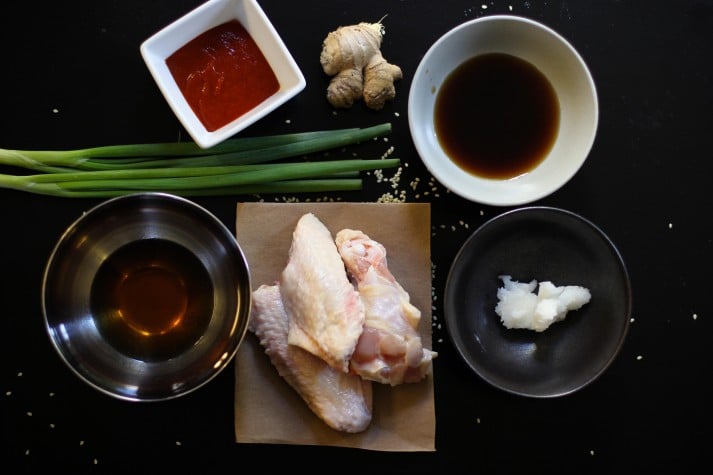
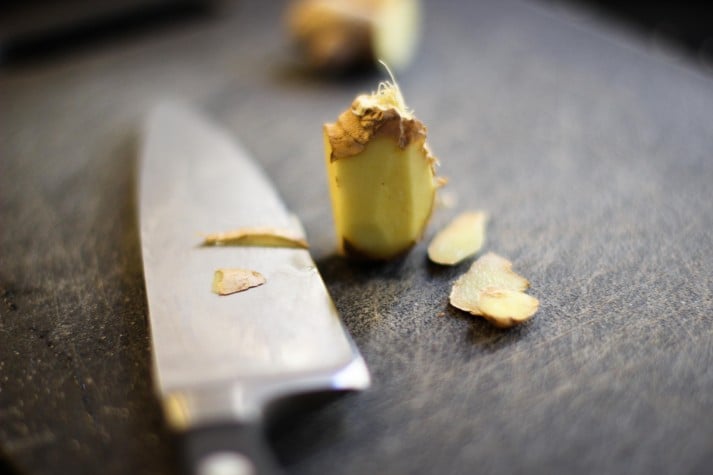
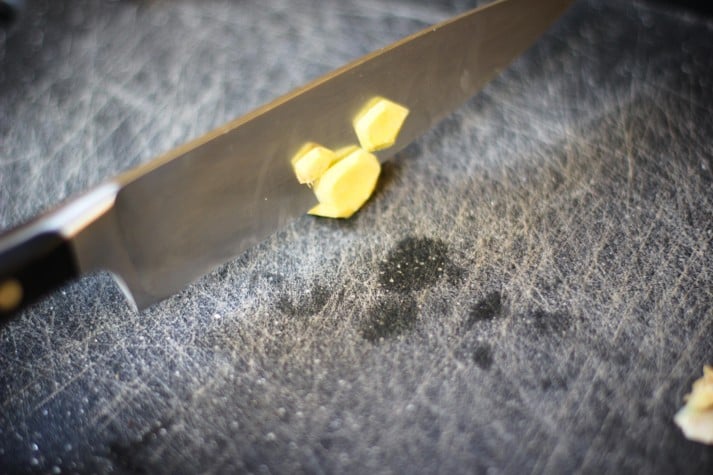
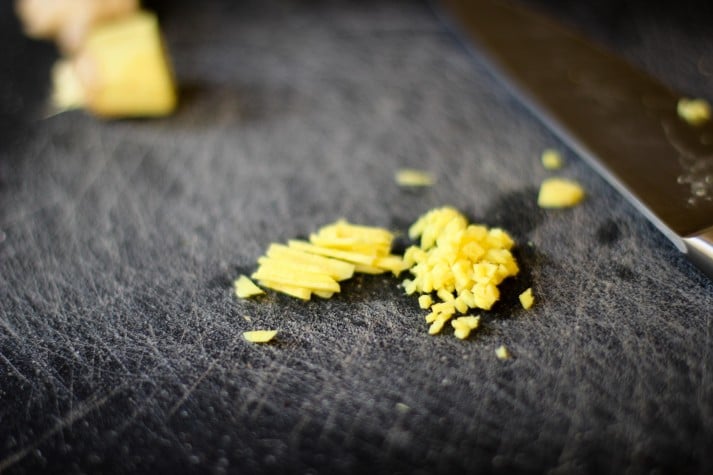
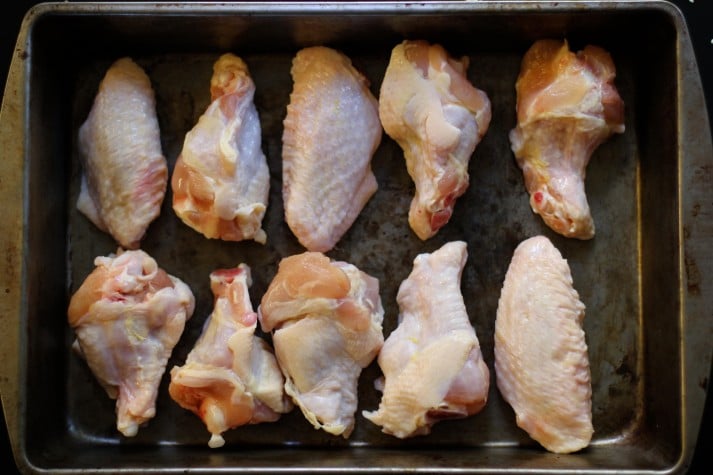
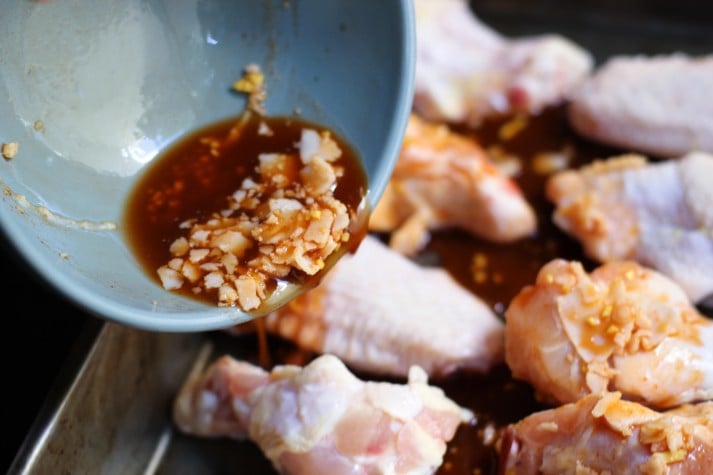
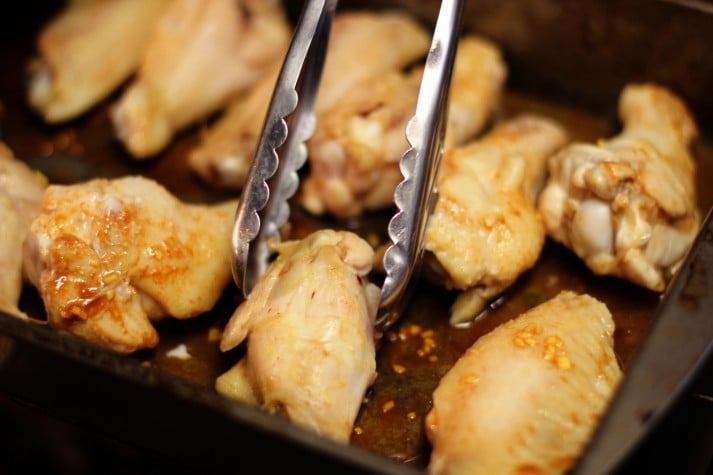
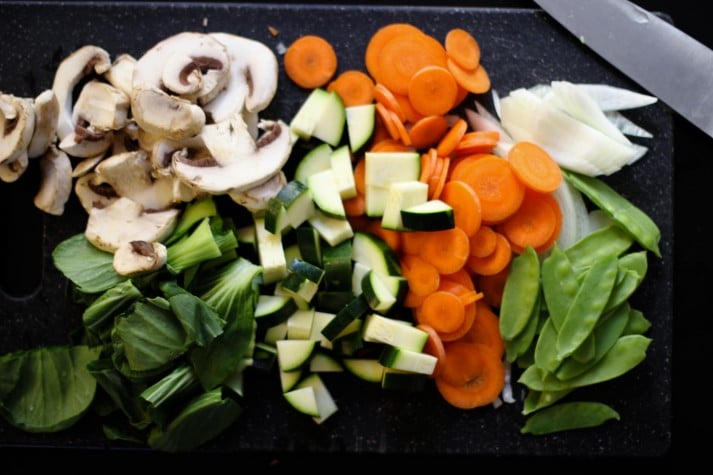




 For now classes are 6pm and 640pm at 2840 Wildwood st in the Boise Cloggers studio.
Book your class NOW!
click this ==>
For now classes are 6pm and 640pm at 2840 Wildwood st in the Boise Cloggers studio.
Book your class NOW!
click this ==>








